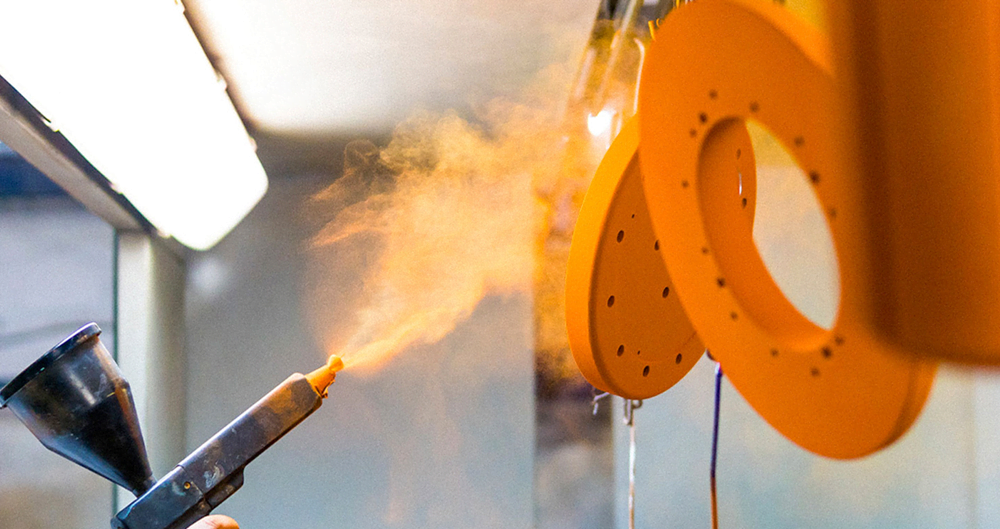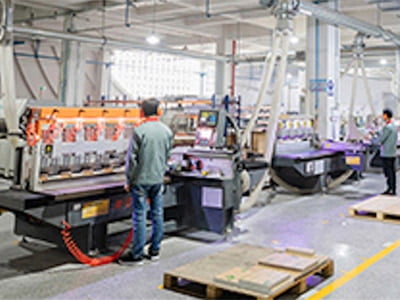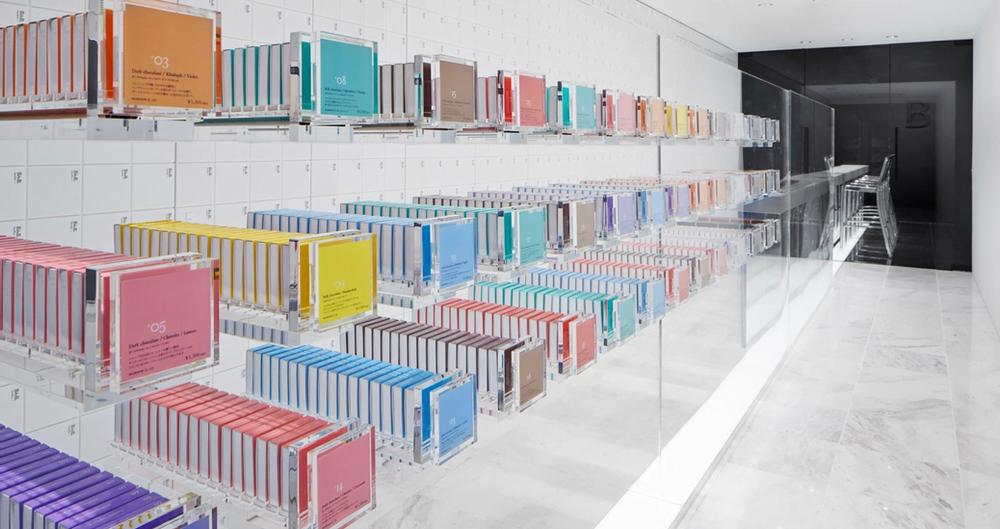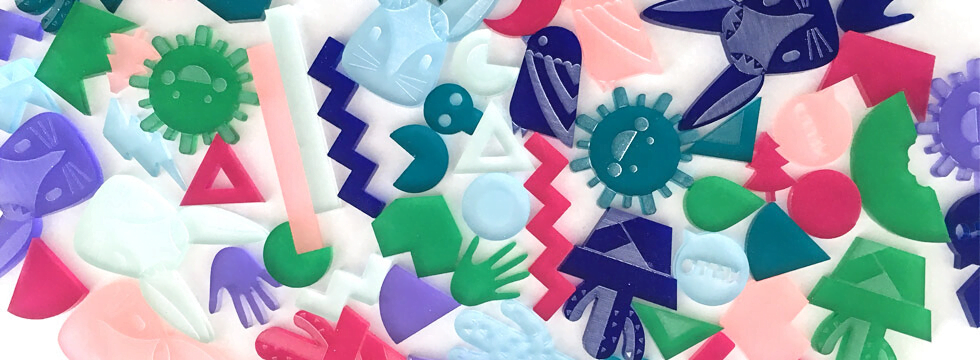You’ve got a limited visual merchandising budget — do you put it in the front window to stop foot traffic or into the store to support product conversion? Most retail teams face this question every quarter, and answering it wrong can mean either missing eyeballs or losing purchase momentum.
Table of Contents
When VM decisions are siloed, brands lose synergy. Spectacular windows fail to convert. Or functional displays don’t attract enough shoppers to matter. The good news? With the right structure, you don’t have to choose.
Window displays are about attraction and brand storytelling. In-store features are about conversion and shopper engagement. A balanced investment across both delivers the best ROI.
This article helps you make smarter decisions by comparing formats across cost, material, logistics, and behavioral impact.
What Are the Goals and Visibility Differences Between the Two Formats?
| Format | Primary Role | Visibility |
|---|---|---|
| Window | Attract attention, tell a seasonal story | External-facing |
| In-store | Guide purchase, reinforce key SKUs | Internal-facing |
✅ Window displays sell emotion.
✅ In-store features sell SKUs.
📎 Related: How to Design POP Displays for Conversion
How Should You Allocate Budget Across Formats?
| Format | Cost Range | Reusability | Logistics |
|---|---|---|---|
| Window | $800–$15,000 | Medium (thematic) | Fragile, high volume |
| In-store | $300–$5,000 | High (modular) | Knock-down friendly |
📌 Rule of Thumb:
For major launches — allocate 60% to window (impact) and 40% to in-store (conversion).
What Materials and Installation Methods Are Best?
| Factor | Window Display | In-Store Feature |
|---|---|---|
| Focus Materials | Foamcore, resin, scenic props | Acrylic, MDF, PU, metal |
| Finish Priority | Dramatic, light-reflective | Easy-clean, anti-scratch |
| Installation | Often custom and skilled labor required | Tool-free, plug-and-play preferred |
✅ Window = showpiece
✅ In-store = retail workhorse
How Do These Formats Affect Shopper Behavior?
| Behavior Insight | Window | In-Store |
|---|---|---|
| Stops passersby | ✅ | ❌ |
| Encourages entry | ✅ | Only near entrance |
| Drives SKU interaction | ❌ | ✅ |
| Supports cross-sell | ❌ | ✅ |
📌 Best results come from linking the formats — one builds the promise, the other delivers it.
🧭 Real-World Case: Global Watch Brand Launch
| Format | Execution Details |
|---|---|
| Window | “The Precision of Time” theme, kinetic gear props, transparent dial overlay |
| In-store | Modular tray with LED glorifier, PU riser with metal nameplate |
| Materials | Chrome foam, backlit vinyl, acrylic / PU and metal composite |
| Impact | Window drove Instagram traffic; in-store drove try-on rates and staff storytelling |
| Rollout Plan | 15 flagship windows + 200 stores with modular in-store kits |
📎 Explore more: Designing Watch Glorifiers for Luxury Retail
💬 FAQ
Q: Which format gives better ROI?
✅ Window displays boost footfall; in-store features drive conversion. Use both strategically.
Q: Can window props be reused inside the store?
✅ Yes, if modular. Lightboxes, freestanding foam structures, and acrylic props often transition well.
Q: How long does setup take?
✅ Window: ~2–3 hours (often skilled labor)
✅ In-store: ~15–30 mins (if pre-assembled or KD)
✅ Conclusion: It’s Not Either/Or — It’s Strategic Balance
✔️ Window displays generate buzz, beauty, and brand emotion
✔️ In-store features reinforce SKUs, aid staff, and drive purchase
✔️ Combine both for full-funnel impact — awareness to conversion
✔️ Use shared materials and modular designs to reduce cost-per-use
At Samtop, we build holistic visual merchandising ecosystems — engineered for rollout, designed for resonance.
📧 Reach us: [email protected]
🌍 Visit: www.samtop.com
🔗 Internal Links
- Watch Glorifier Display Design for Boutiques
- Sourcing Counter Displays from China: 5 Mistakes to Avoid
- Custom POP Materials: How to Streamline Rollouts




